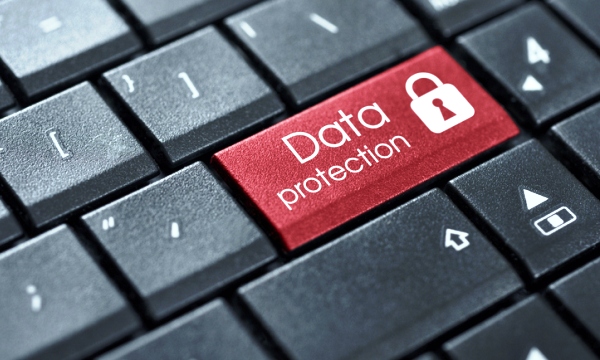Equifax disclosed a data breach on September 7th that spanned from Mid-May through July 29, 2017. It is reported that approximately 143 million consumers were affected by this breach. Names, social security numbers, dates of birth, addresses, and in some instances, driver’s license numbers were obtained. All this sensitive information is what is needed by fraudsters to commit identity theft, as detailed in this Equifax breach update.
Information put at risk by the data breach is separate from credit union data, but we will be vigilant in helping our members protect both. Here are actions you can take to monitor your situation and better protect yourself.
FTC and Equifax Information
Visit the Federal Trade Commission (FTC), which explains how youcan find out if your information is at risk, what steps you can do to protect yourselves, and how you can obtain free credit monitoring. Here is a link to the FTC’s release on the Equifax data breach which contains helpful information on how members may protect themselves against identity theft.
Visit Equifax’s website, www.equifaxsecurity2017.com. On the Equifax website, U.S. consumers can get a year of free credit monitoring and other services. You have until Nov. 21, 2017, to enroll. You also can access frequently asked questions at the site.
How to Protect Yourself After a Data Breach
- Monitor your existing credit card and bank accounts closely for charges you don’t recognize. With online and mobile banking, you can review your account as often as you like. If you notice any unauthorized activity, contact your financial institution immediately. Mid Oregon members also have the benefit of CardNav, a mobile app which allows you to control your debit card in several key ways which can minimize exposure to fraud. You can also receive real-time, in-app alerts.
- Check your credit reports from Equifax, Experian, and TransUnion for free by visiting annualcreditreport.com. Accounts or activity that you don’t recognize could indicate identity theft. Visit IdentityTheft.gov to find out what to do.
- Understand the impacts of placing a credit freeze on your files. A credit freeze makes it harder for someone to open a new account in your name. Keep in mind that a credit freeze won’t prevent a thief from making charges to your existing accounts.
- Consider placing a fraud alert on your files. A fraud alert warns creditors that you may be an identity theft victim and that they should verify that anyone seeking credit in your name really is you.
- File your taxes early — as soon as you have the tax information you need, before a scammer can. Tax identity theft happens when someone uses your Social Security number to get a tax refund or a job. Respond right away to letters from the IRS. Visit Identitytheft.gov/databreach to learn more about protecting yourself after a data breach.
There are ways you can be better informed, be more protected from fraud and better secure your information. Visit Mid Oregon’s Security and Fraud Center for up-to-date information and tips.





